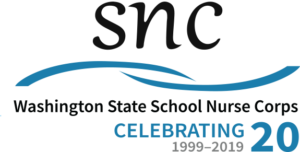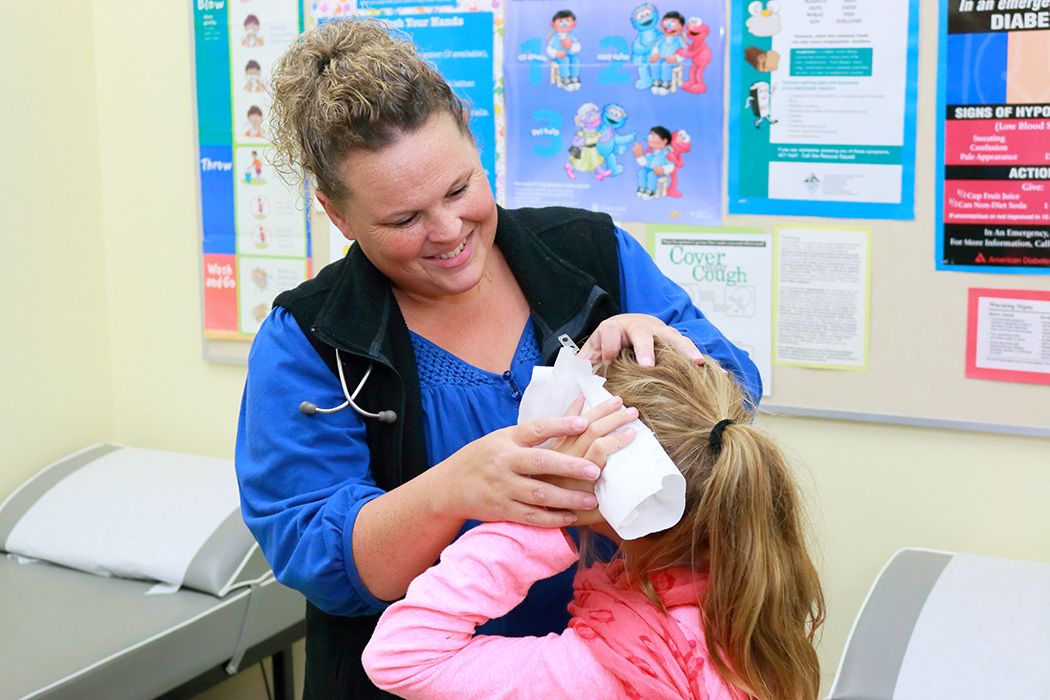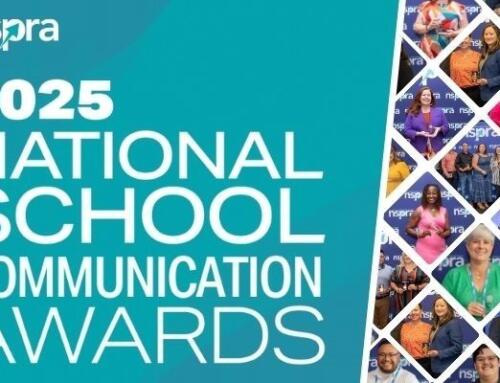School nurses are unsung heroes in Washington state’s effort to ensure that all students receive equal access to education.
Serving as a bridge between healthcare and education, school nurses support students’ physical, mental, emotional and social health needs through in-school assessments, and by providing resources and help where needed.
Research shows that when nurses spend more time in schools, attendance goes up, along with student learning.
“Many of the students we serve have serious health needs and challenges,” said Julia Kintz, health services manager for Educational Service District 112 in Vancouver. “When their healthcare needs are being met, they not only feel better but also learn better.”
 Now celebrating its 20th year, the Washington State School Nurse Corps is focused on reducing healthcare inequities, especially in small rural school districts.
Now celebrating its 20th year, the Washington State School Nurse Corps is focused on reducing healthcare inequities, especially in small rural school districts.
The Nurse Corps was established in 1999 after a legislative report found that small rural districts had unequal access to professional school nurses. The report also noted the increasing complexity of health care needs found in public schools.
The program’s annual survey results indicate that when districts have a consistent nursing presence, there are improved health and safety benefits for students and staff, increased communication about health concerns and increased confidence in providing health care to students. Families report that collaboration with a school nurse helps keep their students safe and healthy, and improves attendance.
Outside research backs up these findings:
- A 2016 Robert Wood Johnson Foundation report showed a direct relationship between chronic school absences and physical, mental and social health.
- A 2014 cost-benefit study of school nursing services, published in the Journal of the American Medical Association Pediatrics, shows that consistent nursing services have economic benefits: For every dollar invested in school nursing, education systems and society experience $2.20 in benefits. School nursing prevents unnecessary visits to the emergency room, improves attendance and engagement, enables parents to stay at work and helps teachers stay focused on teaching.
Each of Washington’s nine ESDs has a nurse administrator who identifies and addresses short- and long-term needs unique to their school districts and populations. Because these administrators are familiar with the health issues of students statewide, they are called on to:
- provide leadership during health crises (such as the 2019 measles outbreak)
- testify at the Legislature on behalf of student health and safety
- participate in regional- and state-level health committees
- partner with state health and education agencies
The School Nurse Corps is a partnership of the Office of Superintendent of Public Instruction (OSPI) and the state’s nine Educational Service Districts. It is funded with grants that correspond to each ESD’s population and area, and by some school districts.
The program has received national attention for improving quality of care and efficient use of resources and in 2013 won the prestigious Washington State Warren Featherstone Reid Award recognizing exceptional quality and value in the delivery of health services.




 ESD 112 equalizes educational opportunities for learning communities through innovative partnerships, responsive leadership, and exceptional programs.
ESD 112 equalizes educational opportunities for learning communities through innovative partnerships, responsive leadership, and exceptional programs.